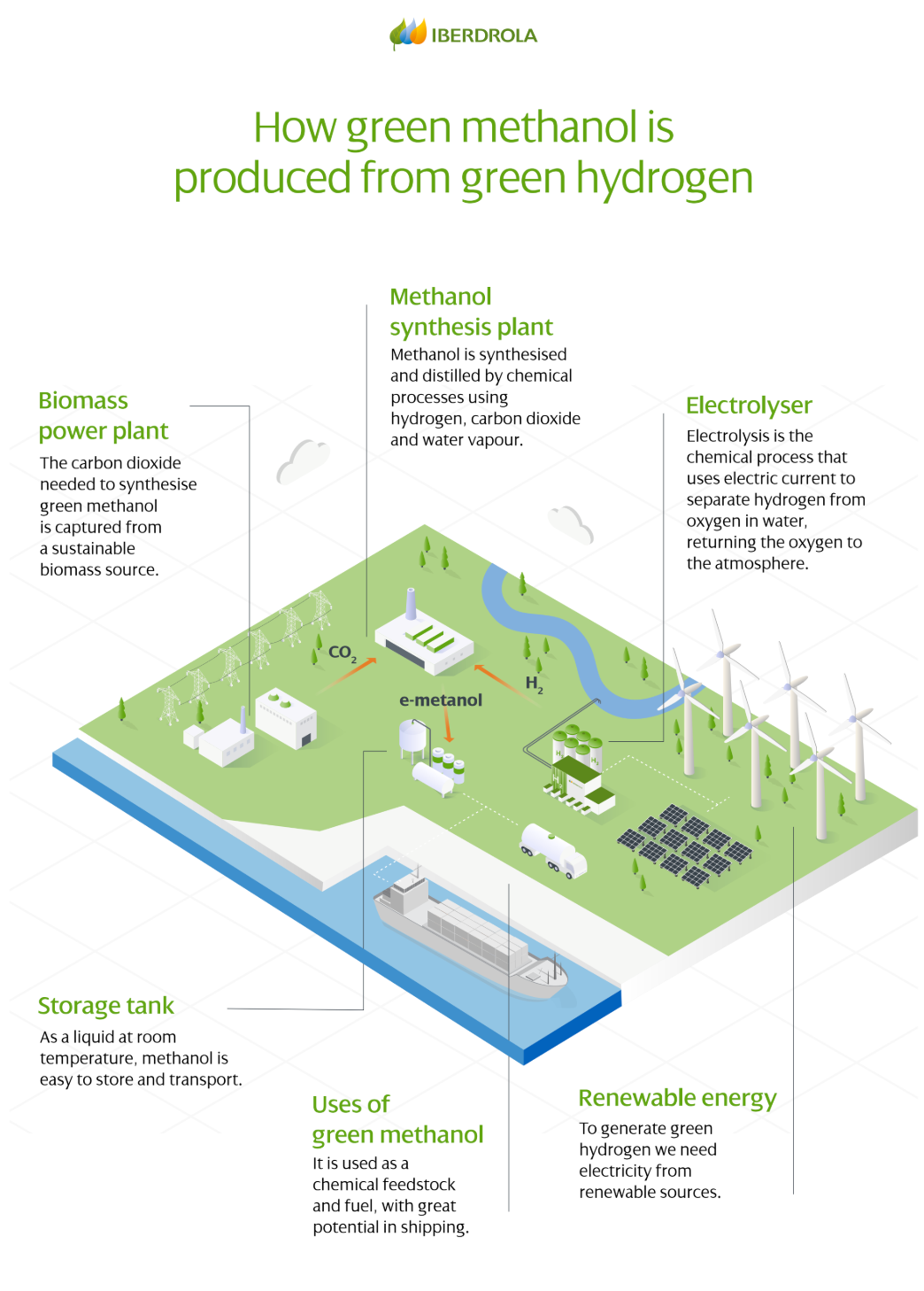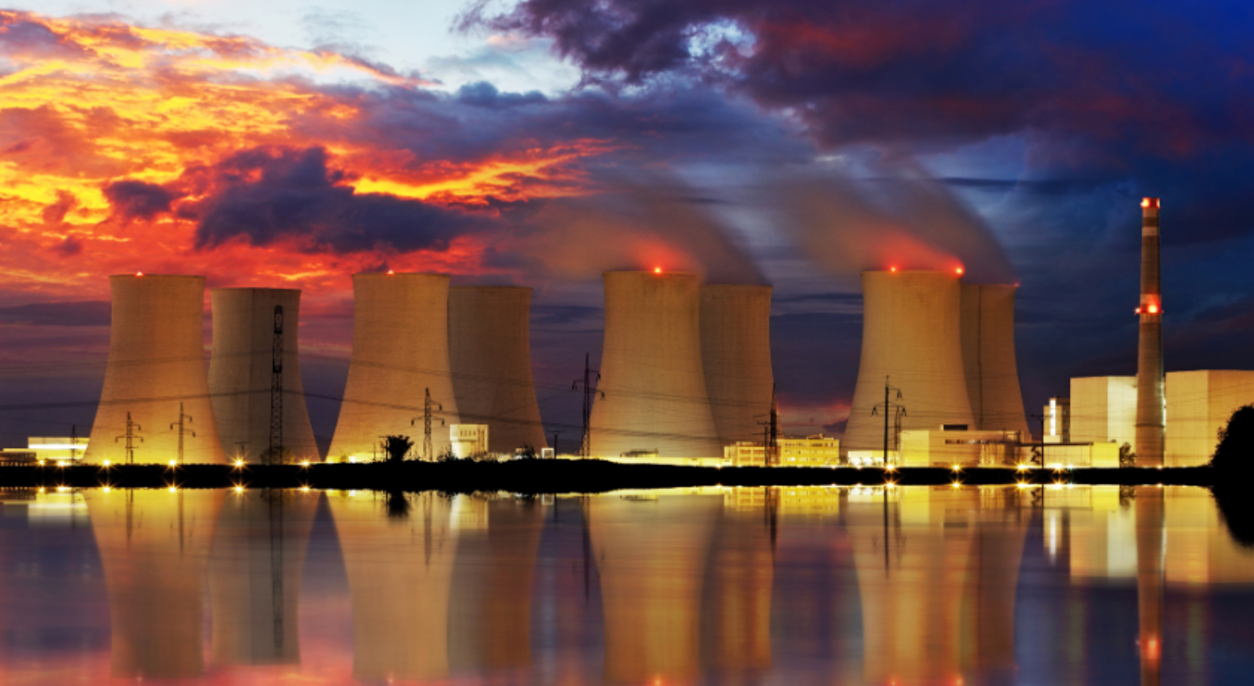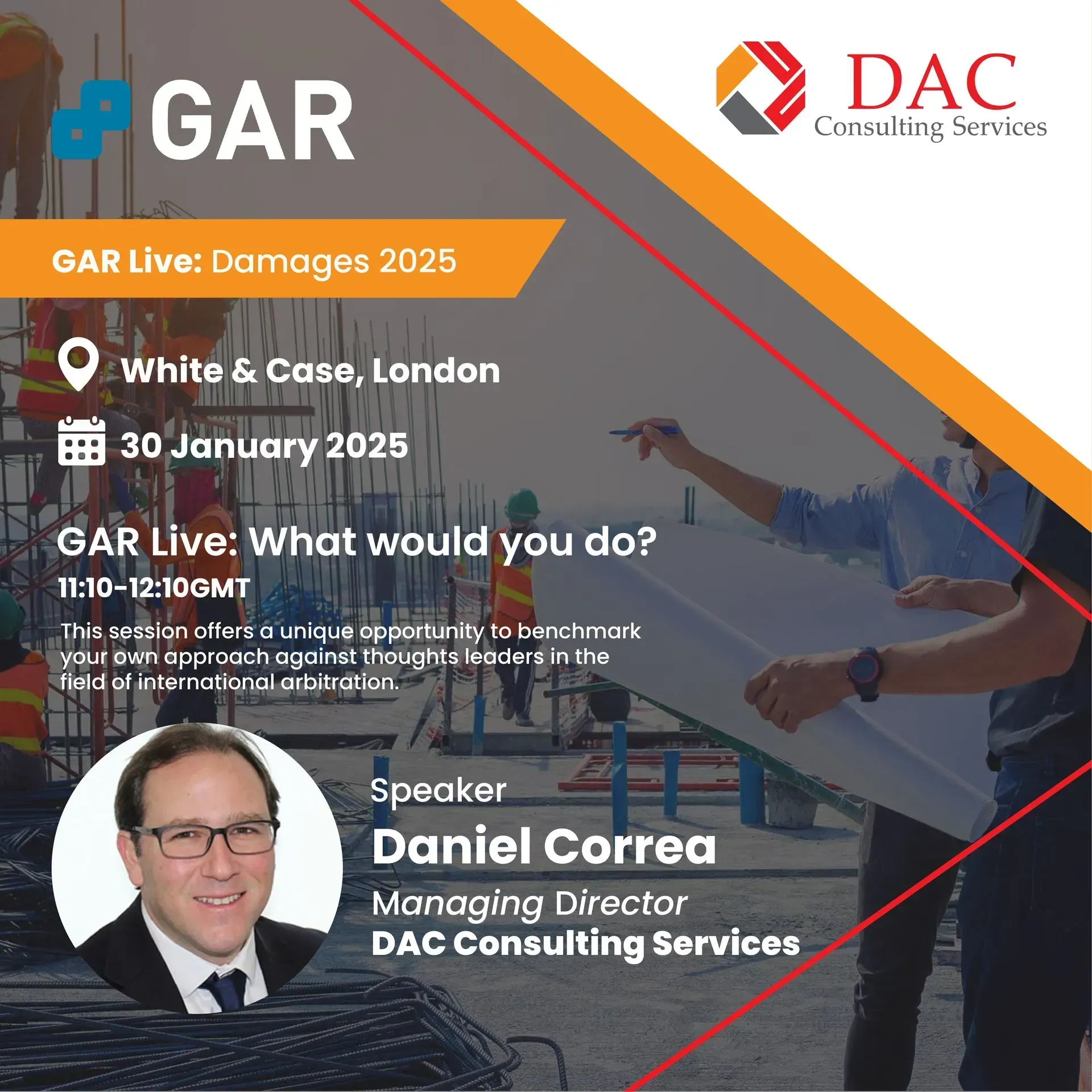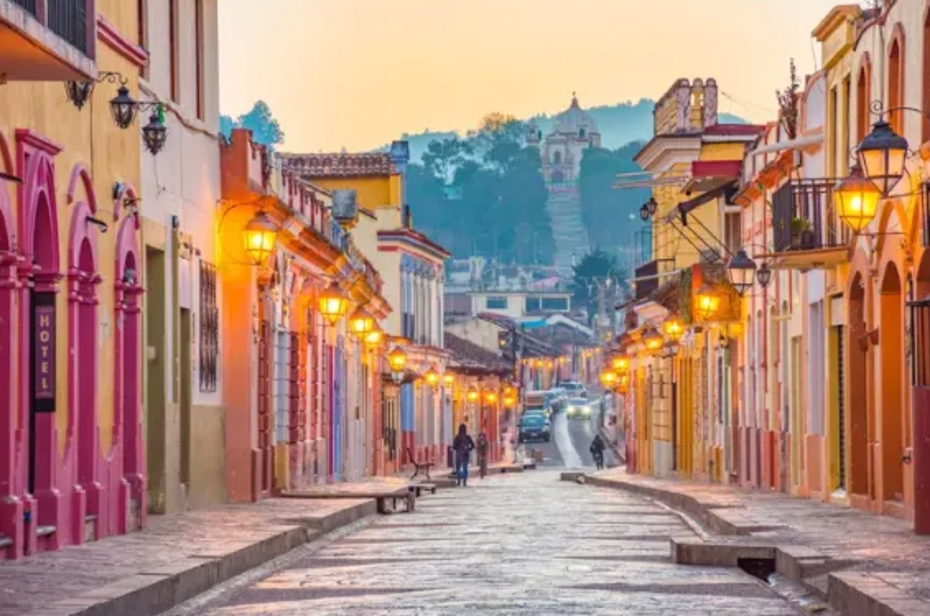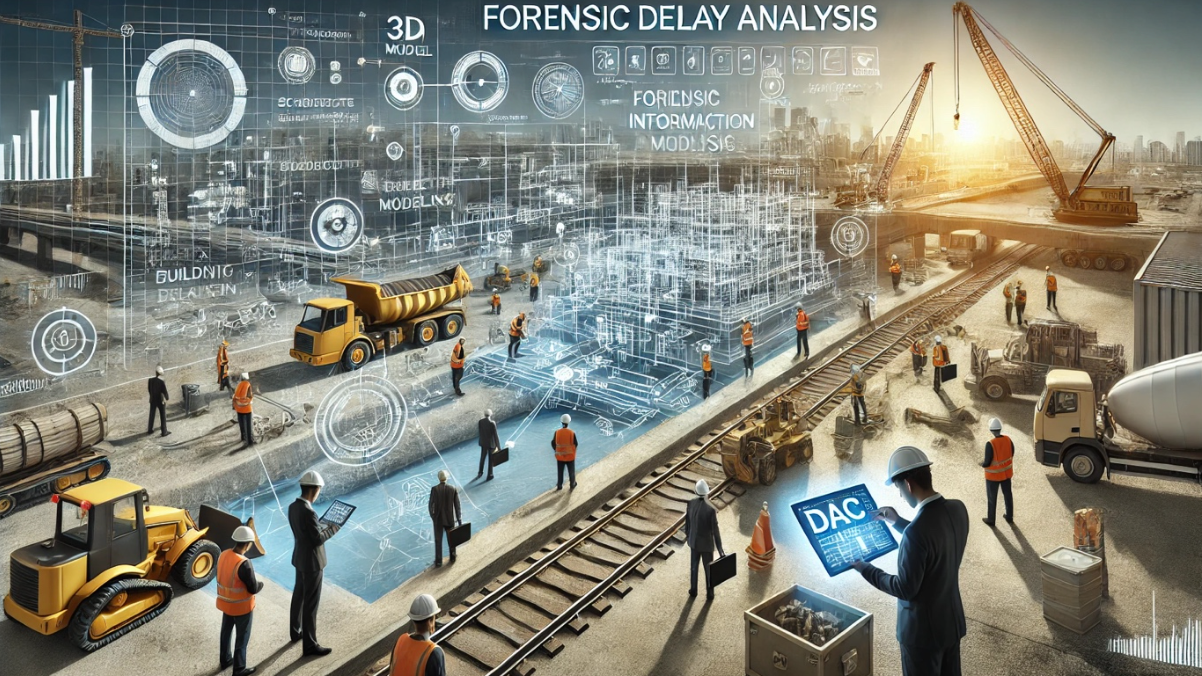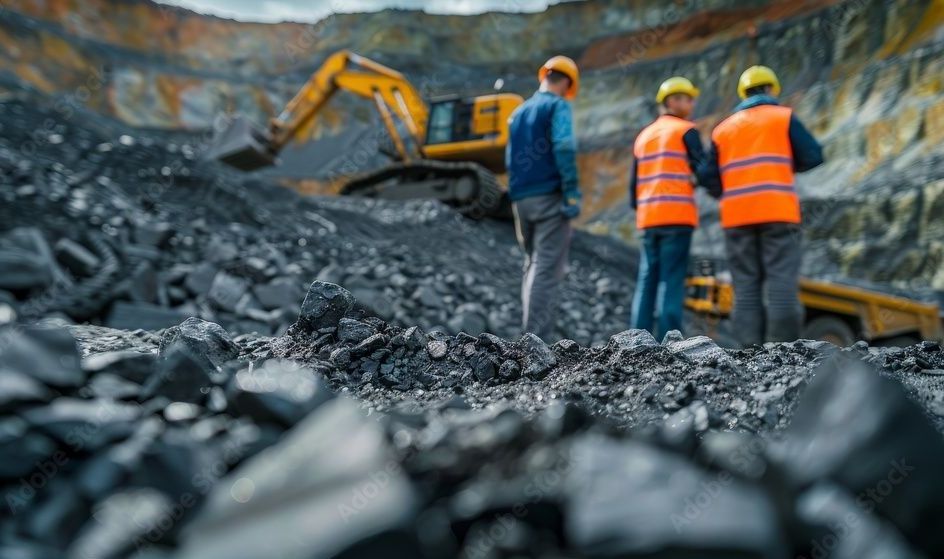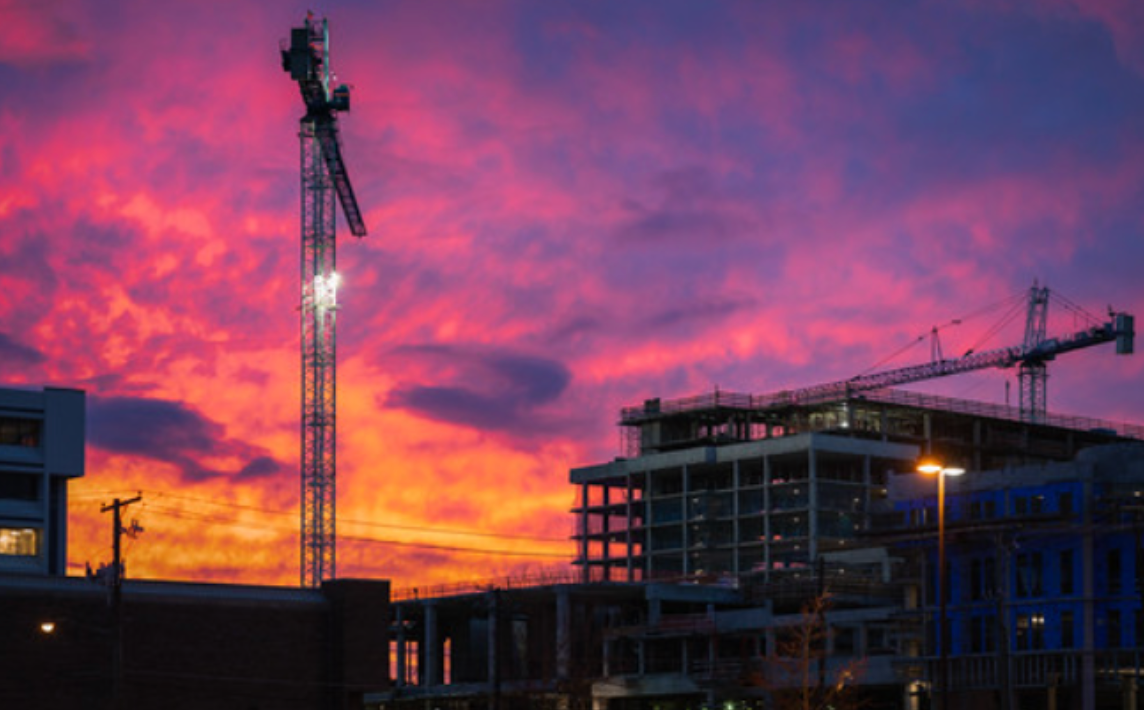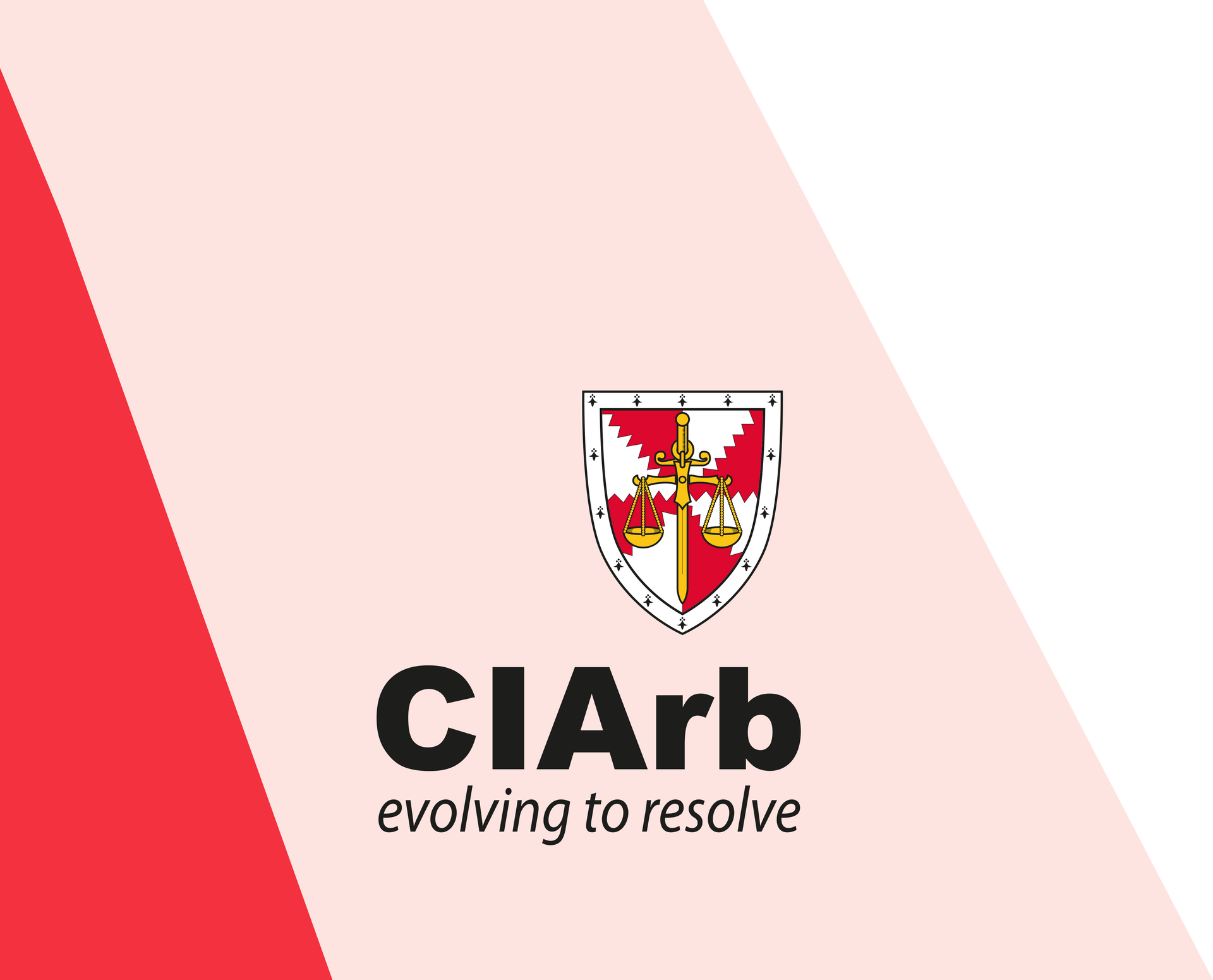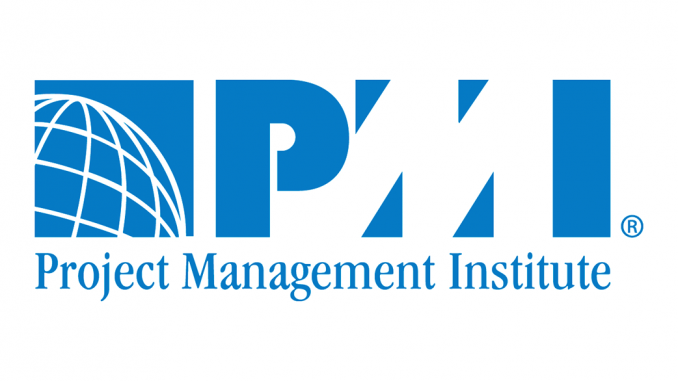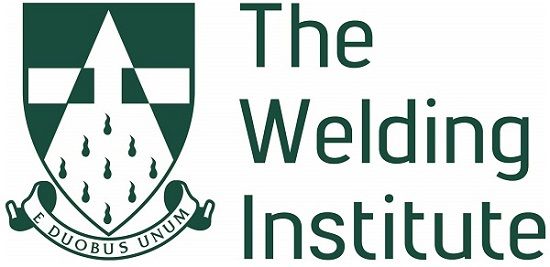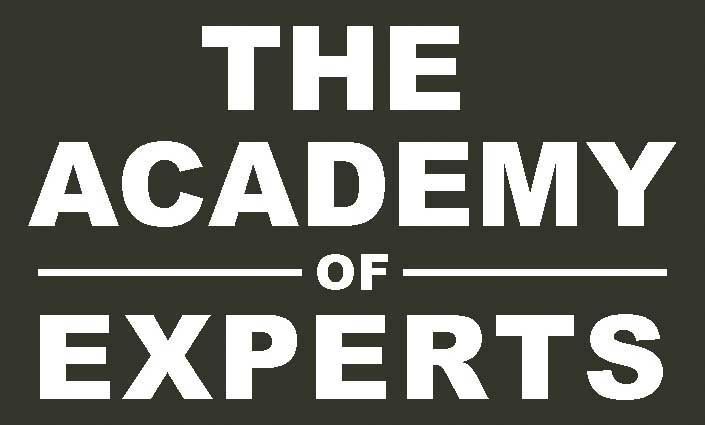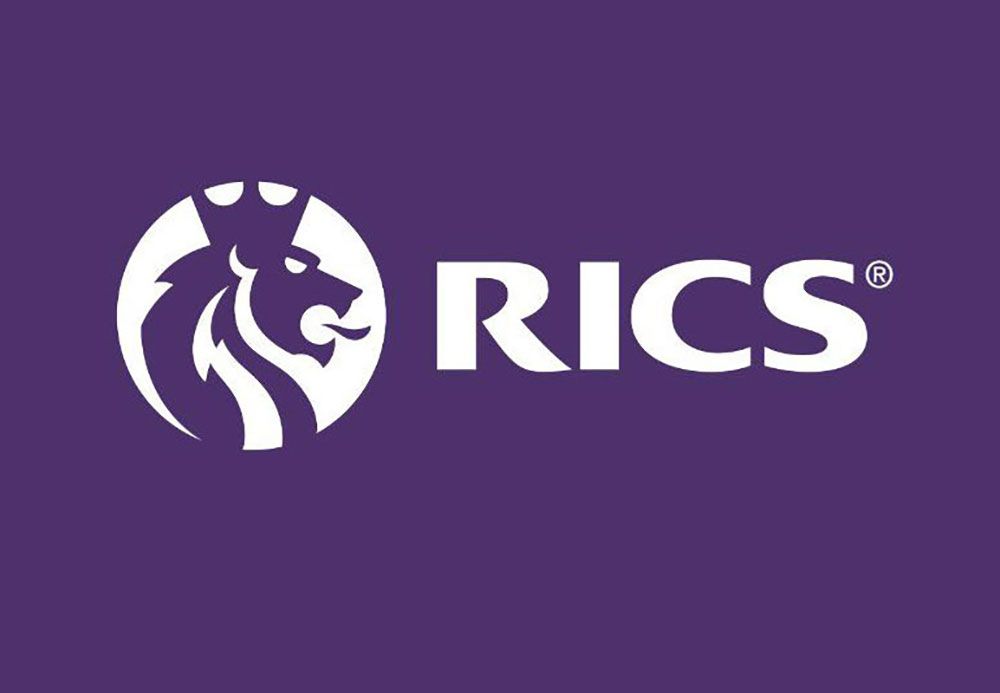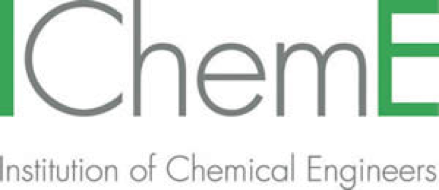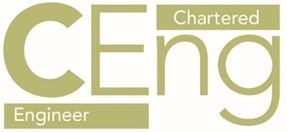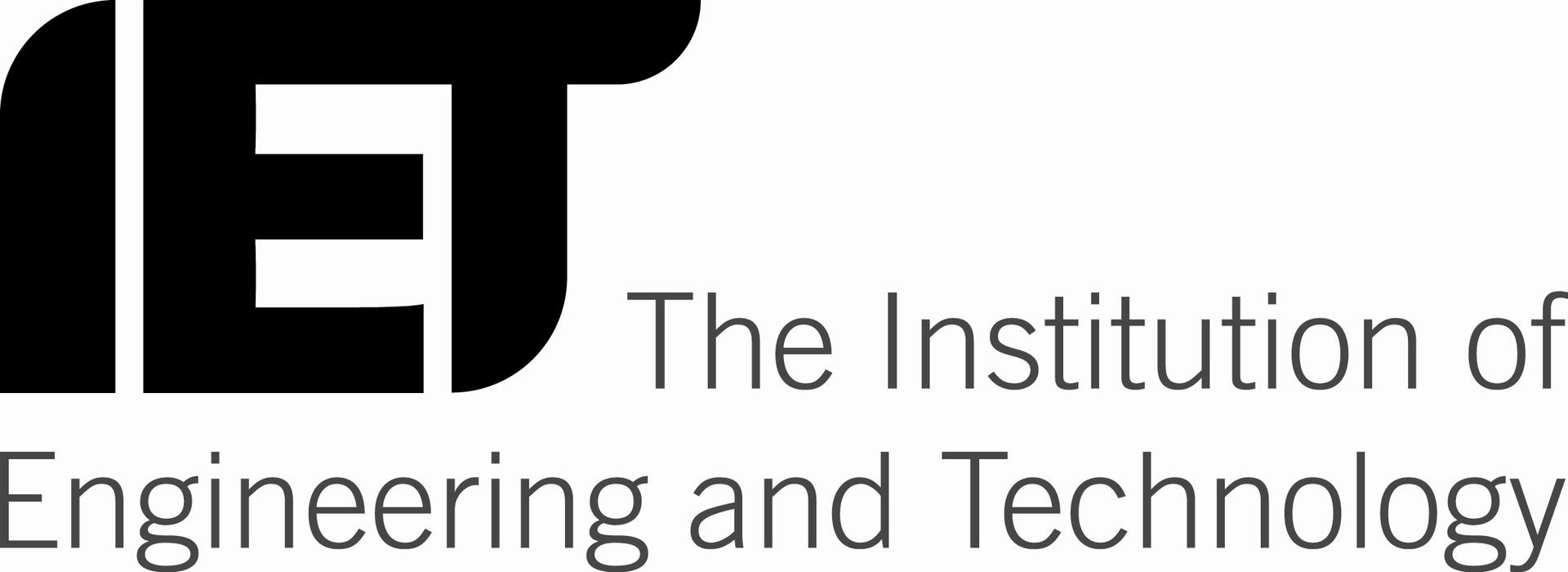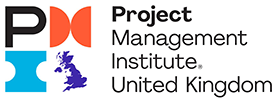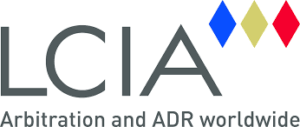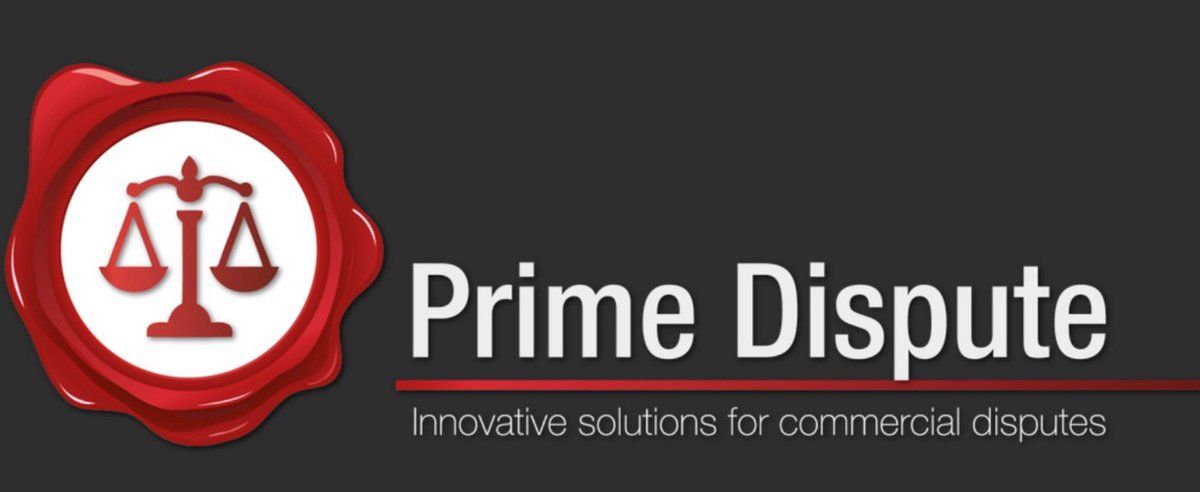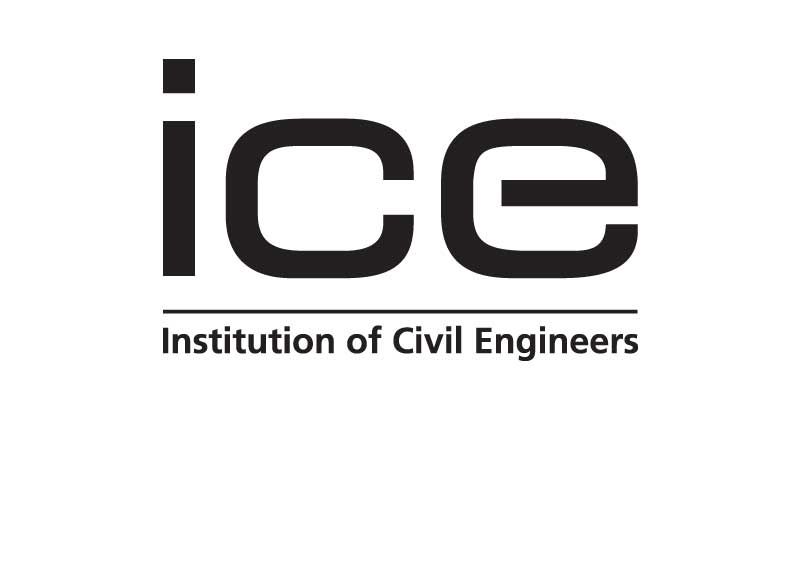FORENSIC ENGINEERING AND EXPERT WITNESS SERVICES
6 March 2023
It is no news that earthquakes are potentially devastating events. Recently, on 6 February 2023, Turkey and Syria suffered one of the world’s most damaging earthquakes – and its aftershocks – in terms of loss of life, injuries, and the number of buildings affected. On the news and social networks, it is easy to find videos of more than one building collapsing, and for someone who lives in Mexico City (CDMX), it is not difficult to empathize with the tragedy.
Precisely, this earthquake evokes the last ones engraved in the collective memory of Mexicans, not only because of the level of damage generated but also because, by a terrible coincidence, all three occurred on 19 September, in 1985, 2017, and 2022. All three caused the loss of lives and extensive damage to property, buildings, and infrastructure. All three had a magnitude greater than 7.0. Fortunately, none of the three occurred during the night. Therefore, all of us, absolutely all of us who lived through them, remember precisely what we were doing in each of those three earthquakes. In my case, in 2017, I was in Guadalajara preparing to participate in the SMIS Seismic Engineering Congress; how ironic. In 2022, working from home in Mexico City, a Monday that looked like the beginning of a quiet week turned into several weeks of building assessments.
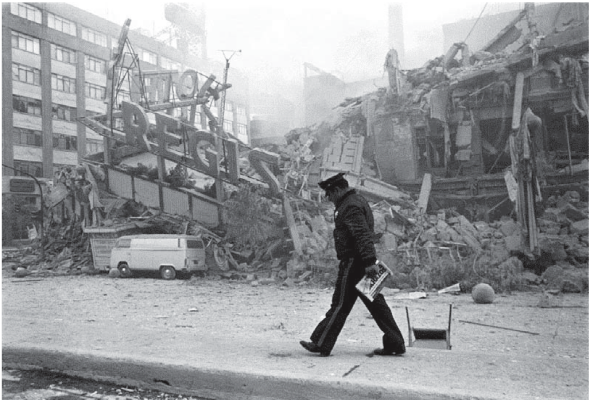
Fotografía 2. Sismo en la Ciudad de México (México, 2017. Santiago Arau )
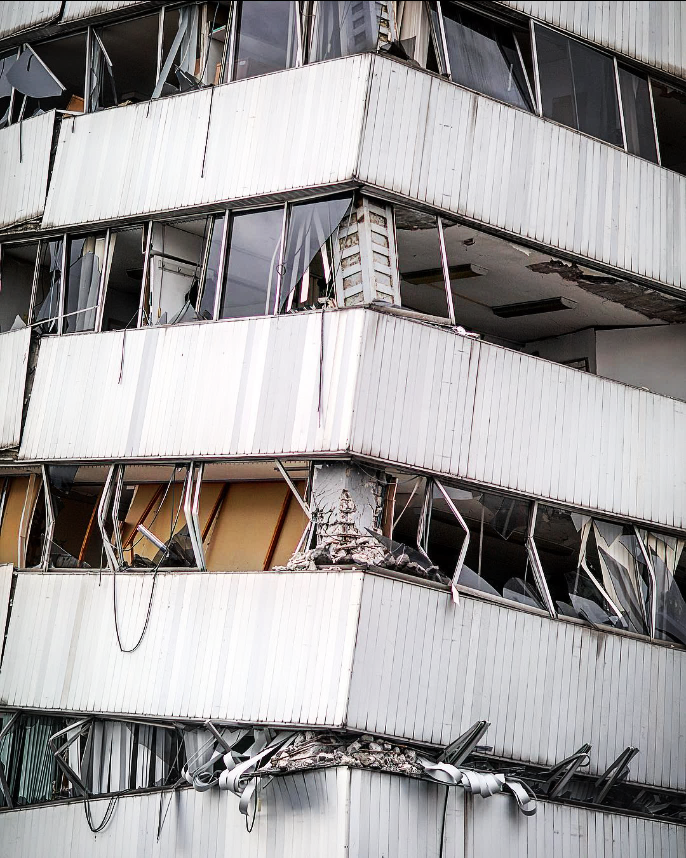
Fotografía 2. Sismo en la Ciudad de México (México, 2017. Santiago Arau )
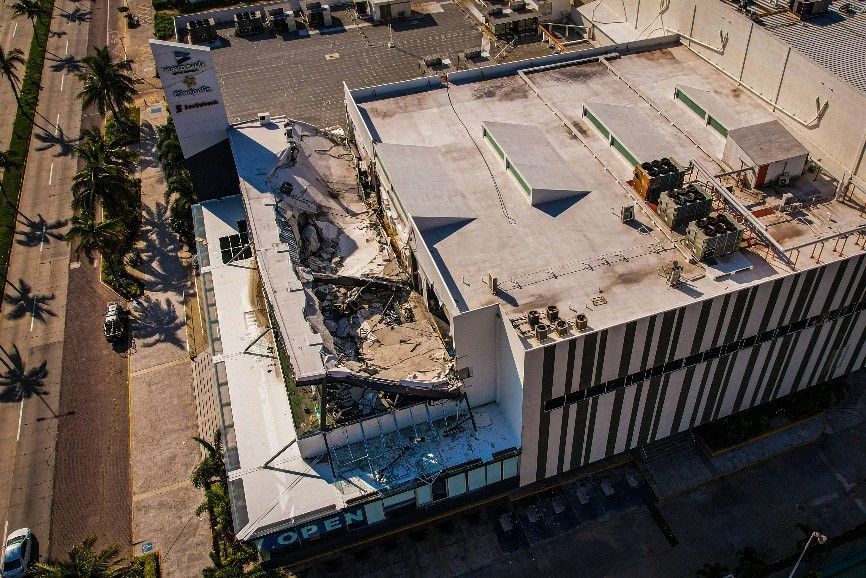
Sismo en Manzanillo (México, 2022. Miguel Hernández)
As a civil engineer focused on structures, living in a country where at least one earthquake with a magnitude greater than 6.0 [1] occurs every year means constantly thinking about the impact of my profession on my daily environment and my family and friends. In this context, anything with a roof over represents a higher risk of collapse just because it is located in CDMX, compared to other cities. However, this risk can be reduced by applying engineering provisions that allow the structural elements supporting the roof to withstand the forces generated by an earthquake.
Despite knowing all this, it is inevitable not to feel anguish in those few seconds when determining if the abnormal movement is a simple dizziness or if it really is an earthquake. Once it is known that it is an earthquake, we Mexicans are trained to activate the reflex to move from under the roof above us because consciously -or unconsciously, most of the time- we think it will come down on us. The reality is that fewer and fewer buildings collapse. In Mexico, in 1985 there were around 400; in 2017, there were 38, and none in 2022. In the same way, fewer and fewer people are dying: 3192 officially in 1985 [2] (although 20 thousand are estimated), 369 in 2017 [3] , and 1 in 2022 [4]. These figures imply a journey in the right direction, although it is also acknowledged that the goal has not been reached.
Although it is practically impossible for a structure not to suffer any type of damage during its useful life, today, there is technology that allows buildings to be less damaged and the contents and users to be less affected. For example, elements such as base isolators can reduce the movement transmitted from the ground to the structure. The application of these devices is becoming more and more common, and it will soon be that someone inside one of these buildings will definitely feel safer inside than outside.
In any case, the deficiencies evident in the recent earthquakes in Turkey and Syria reminded me of a phrase often used by a professor: “No one has ever seen the strongest earthquake”. Not only in Mexico we do know that another earthquake will come at any moment, but as users, taking out property insurance is an option that allows us to mitigate the financial risk of damage to our property.
Without giving it too much thought, I studied engineering with the intent to design bridges, and life has led me to apply my knowledge today to the forensic evaluation of structures once an incident has occurred. I have had the opportunity to assess several buildings affected by earthquakes. In some cases, the damage was superficial, such as cracks in the cladding materials, while in other cases, a comprehensive restructuring was essential. I find it exciting to develop in this sector, and it is also satisfying to participate in projects whose objective is the reinstatement of damage to people’s property.
From CDMX, I am at your disposal to attend to any claim associated with damage to structures and supported by DAC’s international team, we can cover any region in the world.
Miguel Hernández, MI, IAAI-FIT
Civil/Structural Forensic Engineer
M: +52 55 2860 0525
T: +52 55 4748 0838
mhernandez@dac-consultingservices.com
DAC Consulting Services
The post Beyond engineering: a structural engineer’s perspective in a country at high seismic risk appeared first on DAC Consulting.
Industries We Serve
DAC Consulting Services is proud to work with clients across a diverse range of industries.
Our tailored approach ensures that we meet the specific needs of every sector we serve

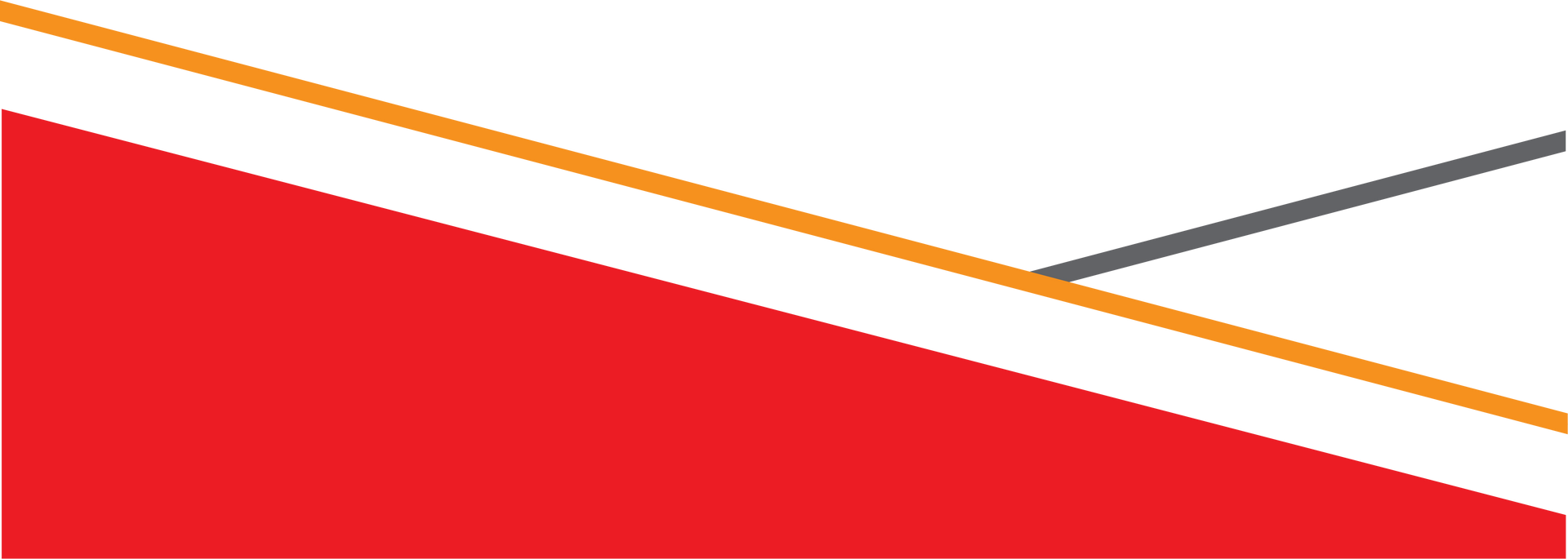
Oil & Gas
Supporting upstream, midstream, and downstream operations, we offer
expertise in pipeline disputes, offshore projects, and refinery challenges.
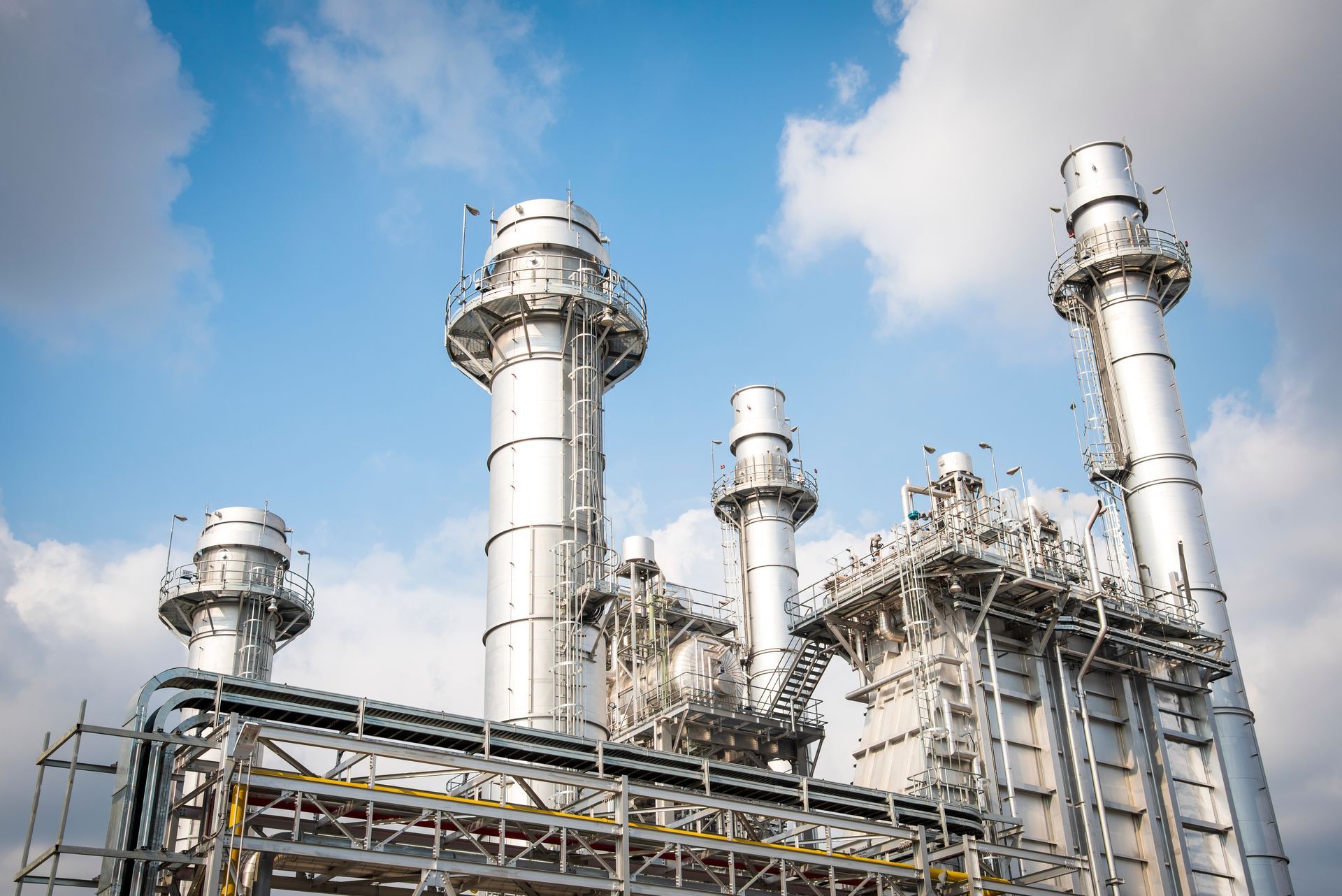

Power Generation
From traditional coal and nuclear facilities to modern renewable energy projects, we provide expert insights and technical support for efficient power generation.
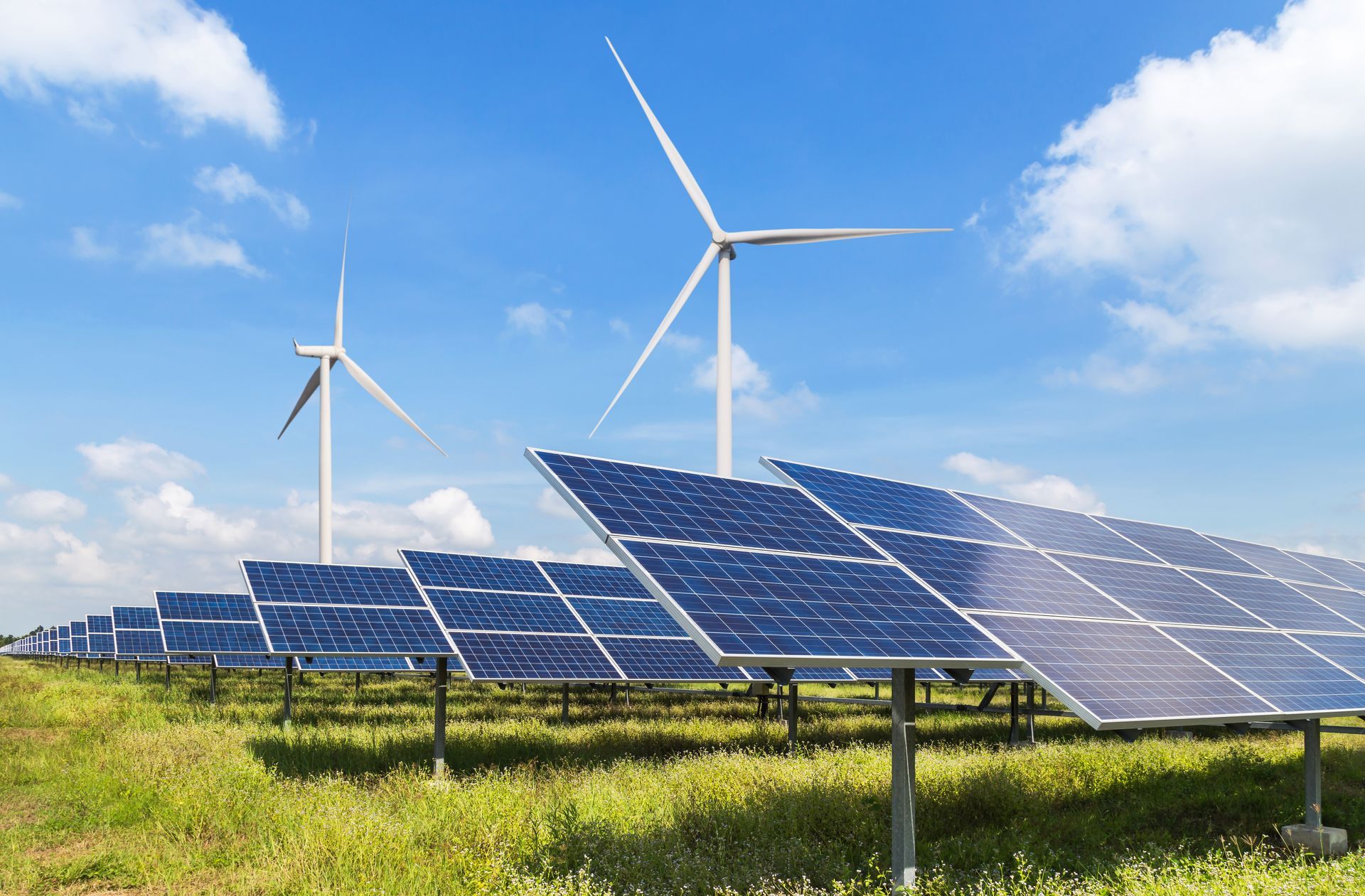

Renewable Energy
As the world transitions to sustainable energy sources, our team helps clients navigate the complexities of solar, wind,
and hydroelectric projects.
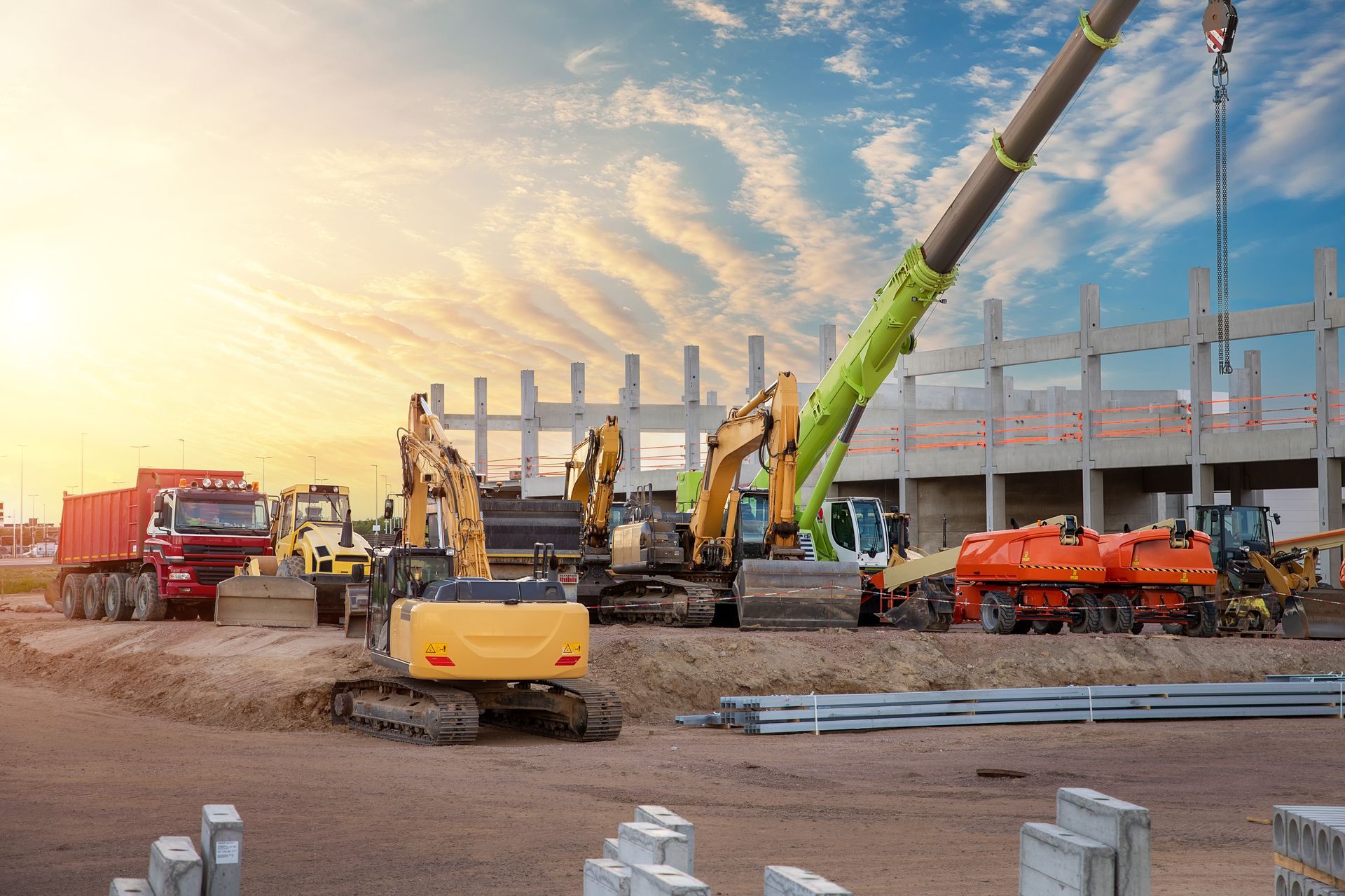

Construction
We specialise in large-scale public and private sector projects, including airports, bridges, metro systems, and urban developments.
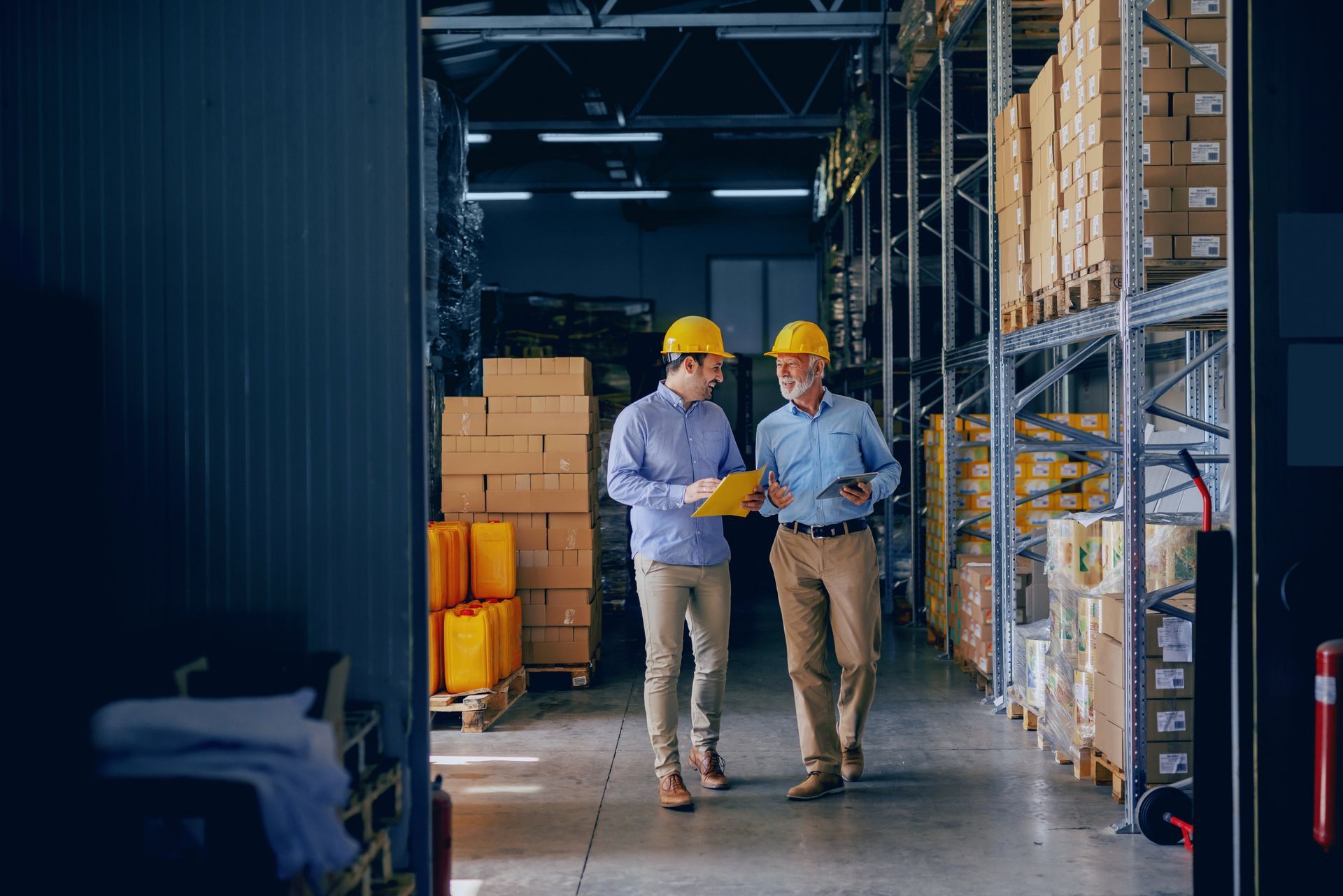

Manufacturing
Our forensic engineering and dispute resolution services are critical for industrial and manufacturing facilities, ensuring operational continuity and efficiency.
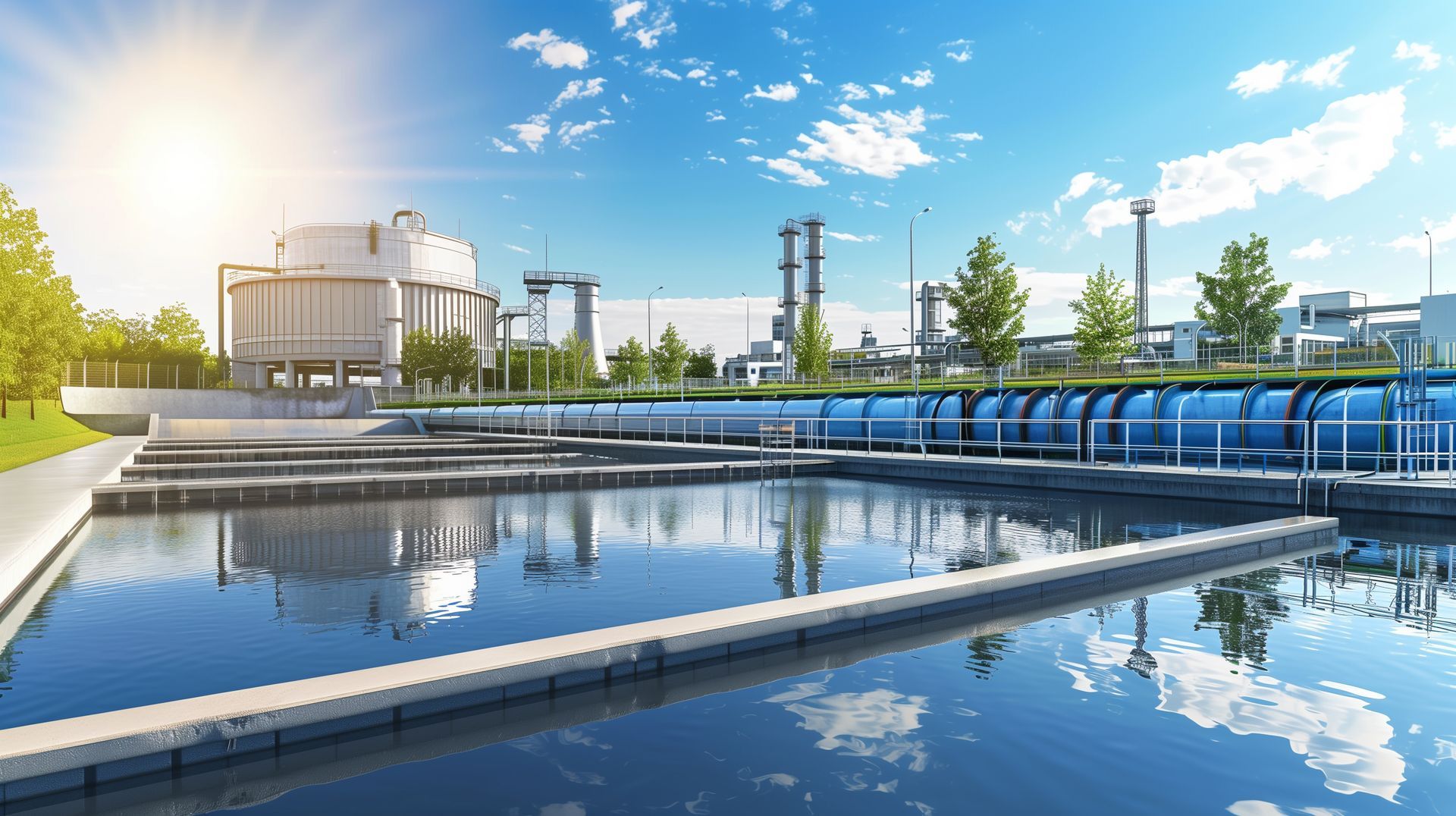

Infrastructure
From transportation systems to public utilities, DAC supports infrastructure
projects that underpin communities and economies.
Get in Contact
We are committed to delivering excellence, ensuring clarity, and supporting your success.
Whether you need forensic engineering expertise, expert witness support, or assistance navigating the complexities of your industry, DAC Consulting Services is here to help.
Request a Consultation
Simply fill in the form below and one of our experienced team will contact you to discuss your requirement.
Contact Us
We will get back to you as soon as possible.
Please try again later.
London (HQ) Office
79a Grapes House
Suite 4, First Floor, Esher
Greater London
United Kingdom
KT10 9QA
Business Hours
- Mon - Fri
- -
- Sat - Sun
- Closed








